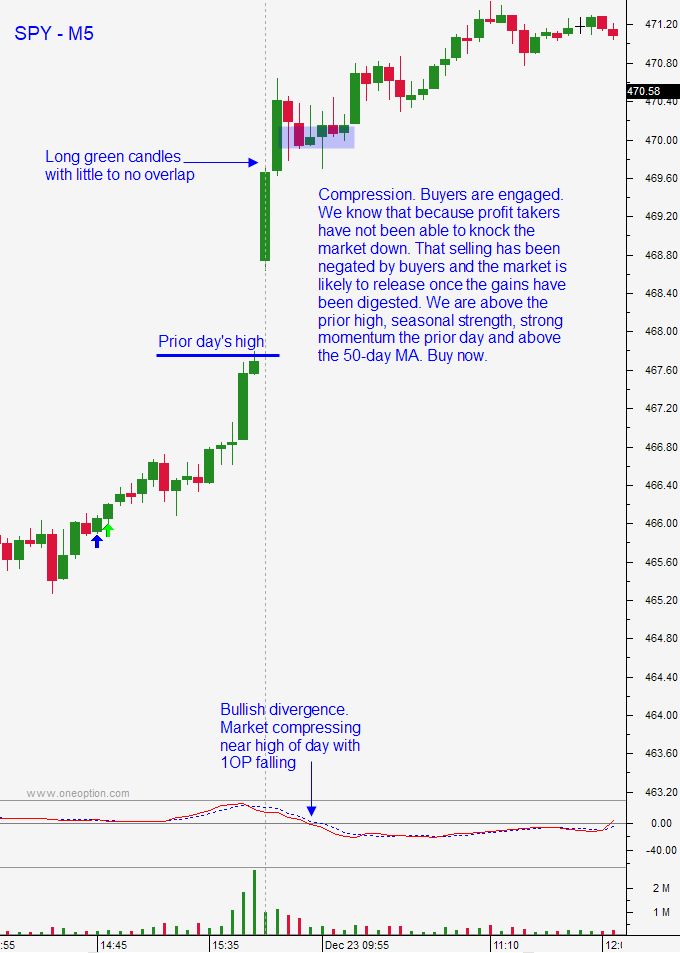In today’s option trading blog I will respond to one of your questions, “Is Covered Call Writing Risky?”, I posed a question of my own. If you are doing a buy-write where you are buying the stock and immediately selling a call against it, is there a more efficient strategy? Before I dive in, let me address a few issues. Most people refer to any position where you are long a stock and short a call as covered call writing. I refer to covered call writing as a situation where the underlying stock has been purchased as a long term investment and the sale of a call against the stock is a separate future consideration. In this instance, the investor plans on holding the stock for a long period without any protection. I refer to a buy-write as a strategy where the stock purchase and the sale of the call are done simultaneously. In this situation, the intent is to capitalize on time premium decay and the position has a small amount of protection built-in. It is a trade and there is not a long term commitment to the stock. The title of this article is a little “off” because I refer to buy-writes in my comparison. I did so because most people have never heard of a buy-write and they would be confused by the title. For illustrative purposes, this is a short-term investment and the tax consequences are equal. Stock (ABC) trades at $17.50 and it does not pay a dividend. The $17.50 front month calls and puts are trading at the same price – $1. This relationship where the puts and calls trade for the same price has to hold true or Specialists/Market Makers will engage in arbitrage trading until the prices are “in line”. The trader has the highest level of option approval from his brokerage firm and he has two equivalent methods of approaching the trade. In one scenario the trader can do a buy-write for $16.50 by buying the stock at $17.50 and selling the call for $1.00. If the stock stays flat or rallies he will make $1. If the stock sells off, he will break even at $16.50 and lose money point for point after that. To do the trade he will need to put up $16,500 ($17.50 – 1 x 1000) to do 1000 shares and 10 calls. He could use margin and only put up $8,250. However, he will be paying debit interest of 7% or more on the margin amount. In the second scenario, the trader can simply sell the $17.50 put for $1. If the stock goes up or stays flat, he will make $1. If the stock moves lower, he will break even at $16.50 and lose point for point after that. Sound familiar? The P&L picture is the same in both cases. In order to sell the put, the trader will need to put up margin. The exchange minimum margin requirement is less than 20% of the underlying stock price plus the premium. Let’s keep it simple and use that formula to calculate the margin. ($17.50 x .20 + $1 x 10 contracts). We are actually collecting the the $1 ($1000) and putting it back up for margin purposes so it negates itself. The margin for the trade is $3500 ($17.50 x 1000 x .2). The margin can come in the form of cash or another security. For instance, most people don’t know that you can buy a 90-Day T-Bill and get a 90% release on it for margin purposes. In this instance, the trader can be generating interest income and using the “release” to cover the margin requirement for the short put. There are a few points to consider. The margin you have to put up for the short put can increase. As the stock drops, the price of the put increases. The margin requirement uses the current price of the put(not the $1 you sold it for). This also considers that the trader buys one large T-Bill and margins against it for many positions over a number of months. One final point, if the trader is assigned, he would need to sell part of the T-Bill to finance the stock purchase. Otherwise, the debit interest he pays for margining the stock will be less than the credit interest he receives from the T-Bill. To look at it another way, it’s the same reason you pay down credit cards with the money you have in a savings account. Sound complicated? It’s not. In the first scenario the trader had to navigate two bid/ask spreads and he incurred two commissions. On the way out, assuming the stock went up as expected, he would incur one commission or assignment charge when the stock is called away. He also had to tie up more of his capital and if he used margin, he would incur debit interest. In the second scenario, he navigated one bid/ask and had one commission. I did not put too much emphasis on this, but slippage is a huge part of option trading and an extra bid/ask and two extra commissions could be well over $100. If he was right and the stock went up, the option expired and he had no commission. In addition, if he had a 90-Day T-Bill to margin against, he could have been generating interest income. I assumed the trader was right more than 50% of the time. If he’s not, there are greater issues to deal with.
Put Writing Beats Covered Calls
Archives
November 20, 2008
5 min read









